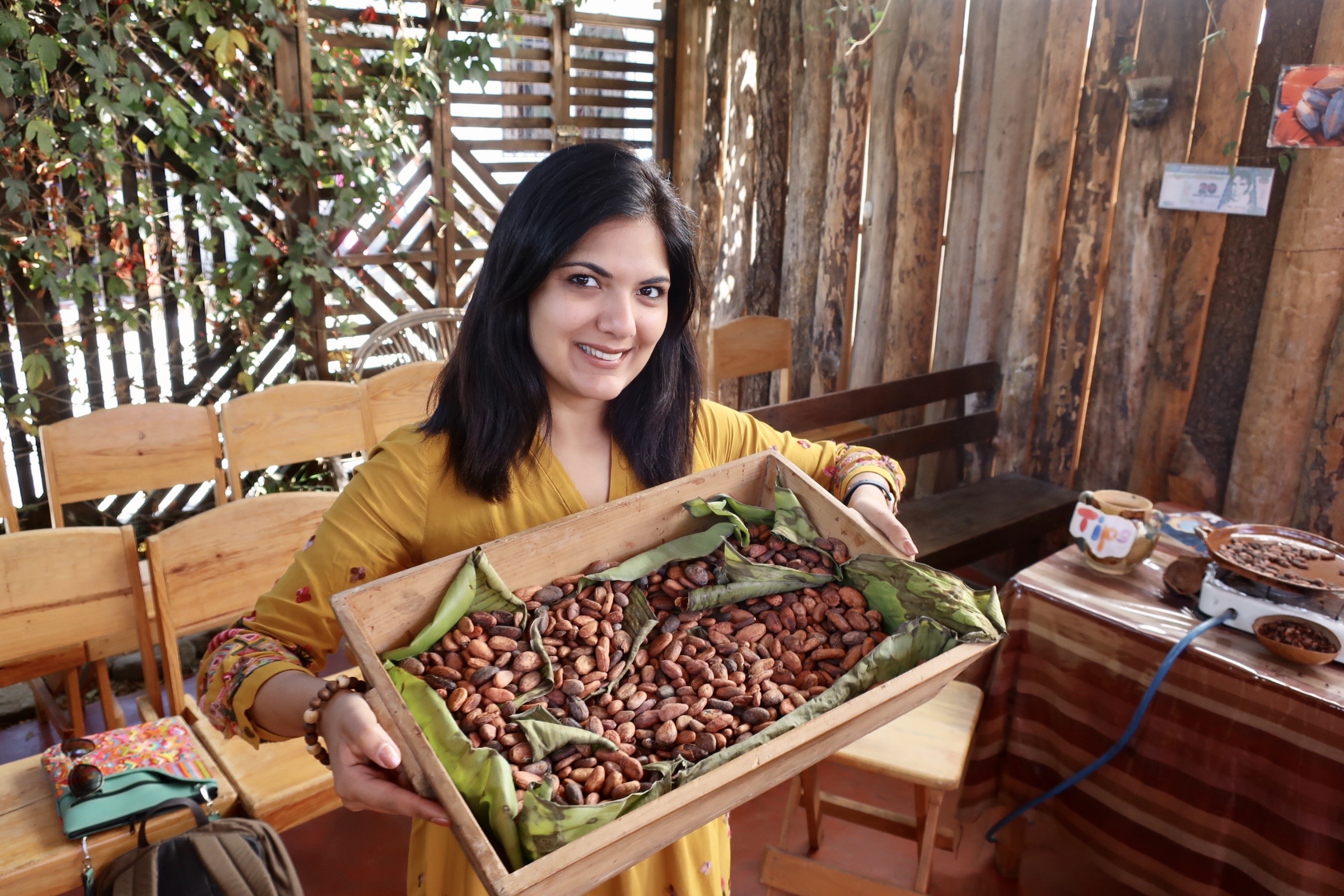
This idea of social responsibility is an important one, but its best practices can be sometimes hard to navigate. To help, I have applied the idea to my favorite beverage – coffee. Below are 5 easy ways to start socially responsible coffee habits today. Steps towards Socially Responsible Coffee Learn: What is Socially Responsible Coffee? […]
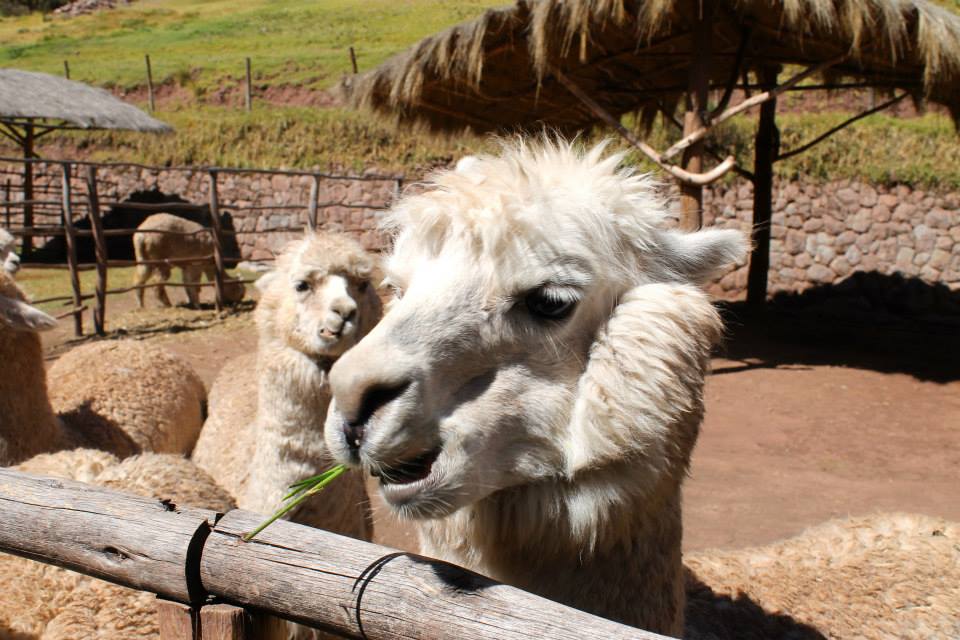
Snorkel with Whale Sharks in Cancun Fulfill your family’s ultimate once-in-a-lifetime bucket list adventure by taking a dip with whale sharks – the biggest (and most friendly) fish in the world! From May to September, families staying at sister properties CasaMagna Marriott Cancun Resort and JW Marriott Cancun Resort & Spa can embark by boat […]
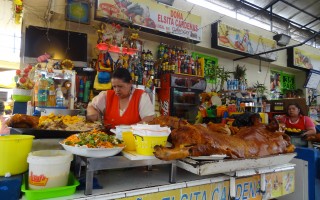
You planned every detail, put aside savings, and waited all year for that two- week vacation abroad. The last thing you want to do is fall sick during your time in the magical new place and not be able to enjoy it. Unfortunately, our bodies do get sick every so often depending on what we […]

Looking for local artisans and traditions, I found La Mundial boot factory in Quito, Ecuador. The new facility is a quintessential place where only top quality leather is used to custom-make hand-sown riding boots. You will typically find professional jockeys, equestrians and riders wearing La Mundial, but they also offer everyday fashion boots and shoes […]
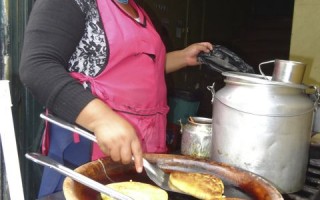
Ecuadorians like to eat all the time. They don’t follow strict rules about it either. There are no set breakfast, lunch or dinner hours, and most locals eat when they are hungry, which seems to be all day long. If you stroll through Old Quito during the hours of 10am and 4pm, you will see […]
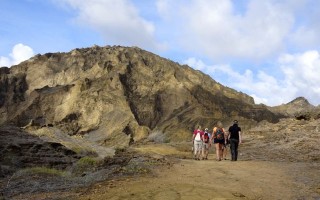
Cruising the Galapagos Islands is for those who seek nature, adventure and an active vacation. One-week cruise aboard The Letty, a 20-passenger yacht run by Ecuador based company, Ecoventura will show you the very best of islands flora and fauna. Expect to get up close with animals and marine life, enjoy delicious meals and learn […]
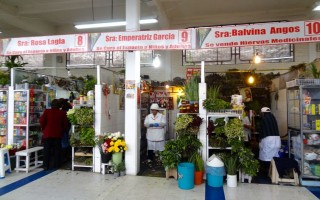
I never heard of Limpia before I arrived in Ecuador. My guide Giovani with Metropolitan Touring tells me that Limpia is a cleansing procedure which is typical of Andean medicine. It involves the use of natural herbs, oils and rubs to cure diseases, reduce symptoms, and ward off spirits. In Quito, we visit the Mercado de […]
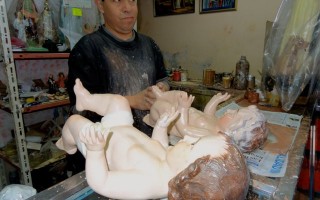
Quito is not just Ecuador’s political capital but also a beautiful city with colonial architecture, well preserved Catholic churches, Spanish squares and cobblestone streets. While its easy to get overwhelmed by the must-see attractions Old Quito offers, it is also important to take a behind the scene look into Quito’s artists and traditions. You may […]
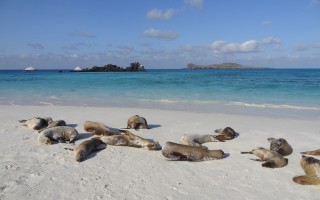
I was so impressed by the sea lions on the Galapagos Islands, that I decided to post a photo blog just about them. The first time I saw a sea lion in the wild was when we set out to board our Ecoventura cruise “The Letty” on San Cristobal island. All the passengers got very excited […]
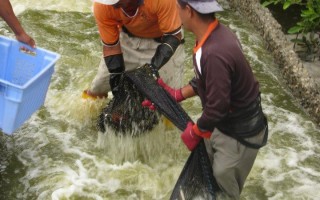
Several years ago, I made the decision like many others, to leave my well guided path of working my way up the ranks in a stable career, to venture off on a new journey traveling around the world and looking for alternative possibilities for earning my way in life. I had no solid idea of […]